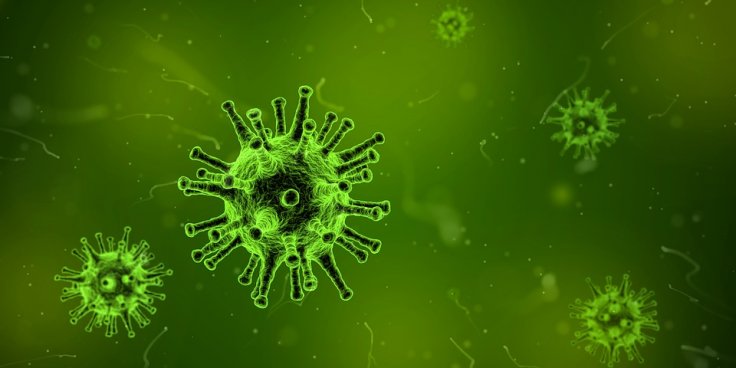
Genetically engineered viruses, also known as Phage therapy, is capable of killing bacterial infection. Researchers found it when they used lytic phage derivatives to kill the infectious M. abscessus, a type of nontuberculous Mycobacteria (NTM).
When a double lung transplant was being done in September 2017 on Isabelle Carnell, 15, doctors realized that she had symptoms of the Mycobacterium abscessus infection. It is an opportunistic pathogen -- one that preys on hosts when they are too weak to retaliate. It is usually found in cystic fibrosis (CF) patients who experience weeping sores and swollen nodules.
Considering alternatives, doctors decided to use virus to battle bacteria. Known as Phage therapy, it included usage of virus to destroy bacteria despite its checkered history as a reliable medical treatment. With a leap of faith taken, leading phage researchers were contacted, and the doctors were able to create the first ever genetically engineered phages ever used as a treatment.
Within six months of the custom-made phage doses taken twice daily, Isabelle responded well to the intravenous phage treatment, when the virus was directly administered into her veins. She showed remarkable improvement in sternal wound closure and liver function. Her infected skin nodules were substantially resolved. Her condition improved with no serious side effects.
Infectious disease researcher Eric Rubin from Harvard T.H. Chan School of Public Health in Boston said, "This is a convincing proof of concept, even though it's just a single case study." But it needs to be tested rigorously with a real clinical trials, he added.
Currently, there are more than 100 types of NTM, and many more being added every year. These varieties of bacteria grow much slower than other types, which makes NTM harder to diagnose and treat. Isabelle Carnell's case being a breakthrough, doctors are upbeat that another milestone has been achieved in the medical history.









